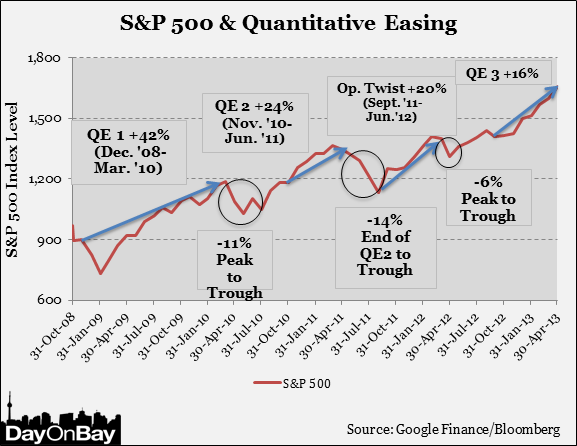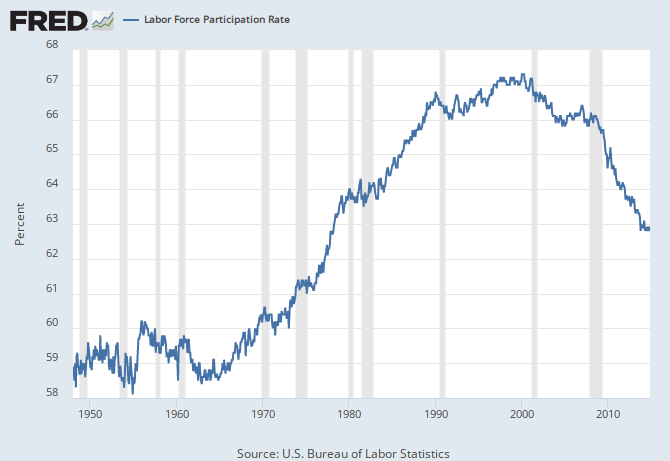Much like federal judges, the President nominates and Congress approves members of the Fed for a specific time period. However, the POTUS has HUGE influence over policy shaping.
So let me see if I am hearing you correctly…
Are you saying this 4+ Trillion dollar pumping of money into our economy since Obama took office was Bush’s fault. Are you saying Obama is so weak that he, unlike every President since 1913, has no clout or leverage in the matter.
Oh Really. Is that because she has -all of a sudden- realized that all of her previous votes in favor of pumping were wrong? Or is it because she knows that QE has reached the danger level and now that the Obama Administration has made it through it’s last election cycle and the ill affects (stagflation) of backing off QE aren’t as big of a threat to his political party now?
In some perverted way, I can see why a biased defender of this Administration’s economic policies would make such a fringe statement…
But let’s try and look at it without an agenda. Obviously, QE has a major effect on our economy. That’s the reason behind doing it in the first place. Right? Can we agree on that much?
While QE doesn’t show on the balance sheet as debt (that’s why my original post referred to as “off the books’) it most certainly impacts the economy in complex ways. Both good and bad. But where’s do you draw the line. When is enough enough.
Assets flowing from QE onto the Fed's balance sheet are now the equivalent of one-fifth of US GDP. Meaning, the FED is pumping money into the economy by buying bonds and treasuries to falsely prop it up, artificially stimulate it, and buy down inflation. This makes Obama look good. Provides a false sense of positive outlook. The average uninformed voter (aka “Stupid Voters”) have no idea what is going on in the background.
At some point the negative downside to QE will start to creep in as the Fed tries to ween the fake ‘propped up’ economy off of the endless supply of money that the Fed has been, in effect, electronically printing.
The longer a QE cycle runs… the steeper the withdrawal symptoms when it stops.
Example: One clearly visible side effect of QE is Market Growth, not built on fundamentals. When the original QE ended, the market withdrew and it stymied growth in the entire economy. So QE2 was implemented. When it expired the same thing happened. So they came up with QE3 only this time they did not set limits on it. It continued unabatedly pumping 85 billion dollars into the economy every month, until just recently. Now the roll back starts. Let the fun begin!




